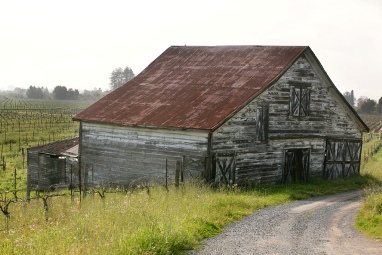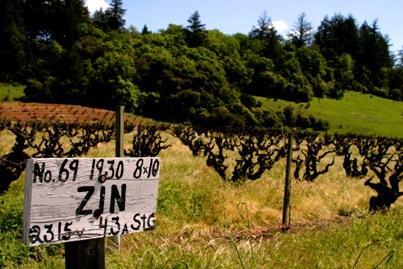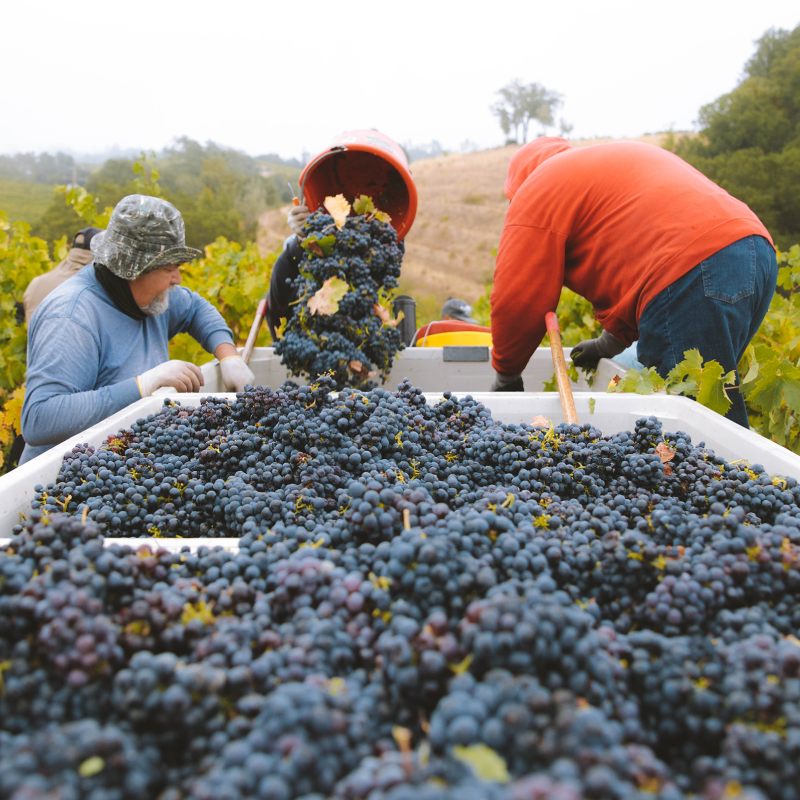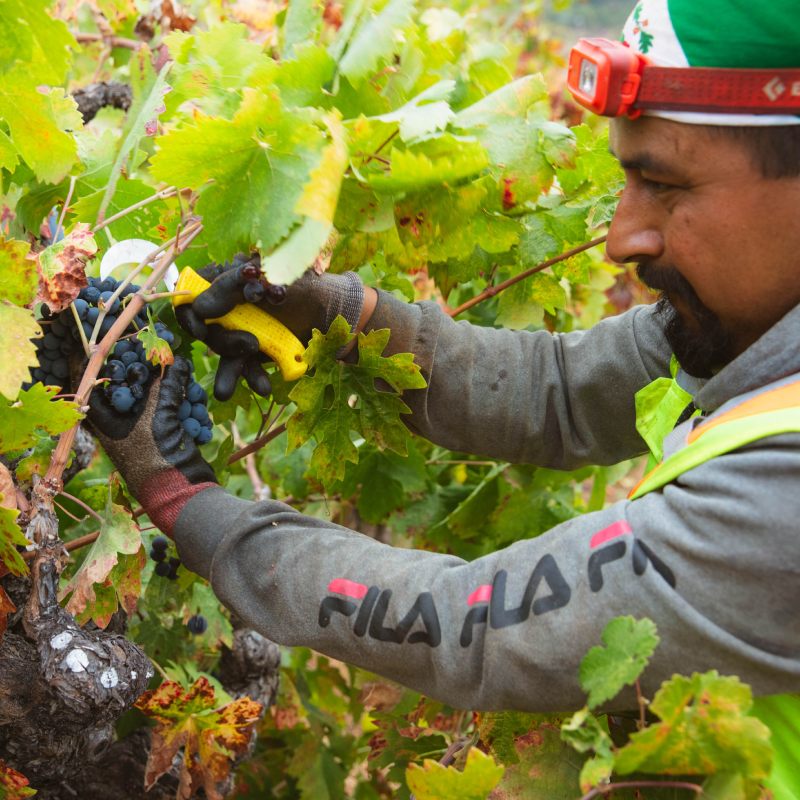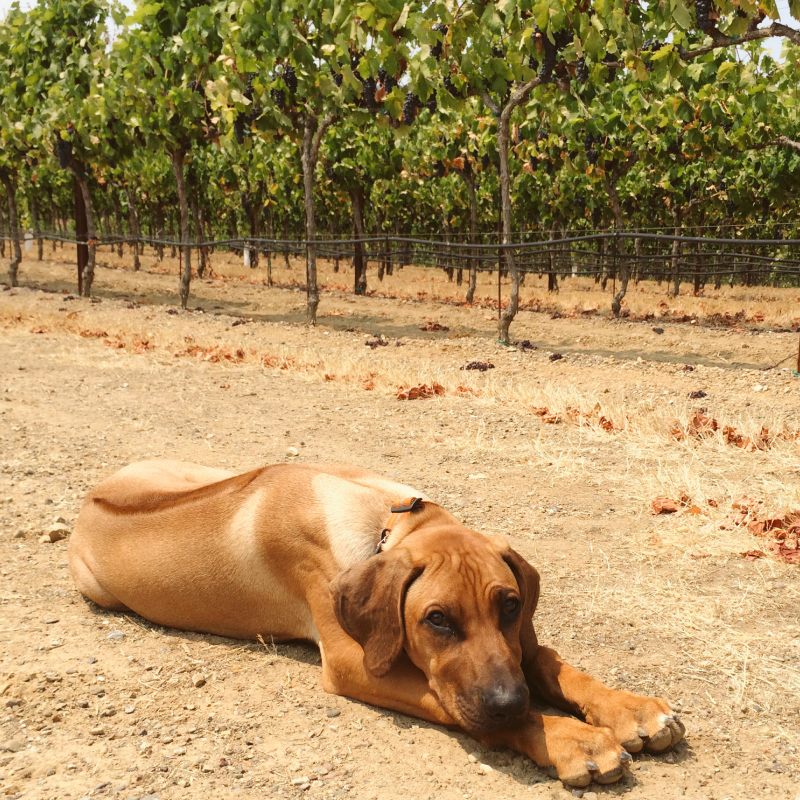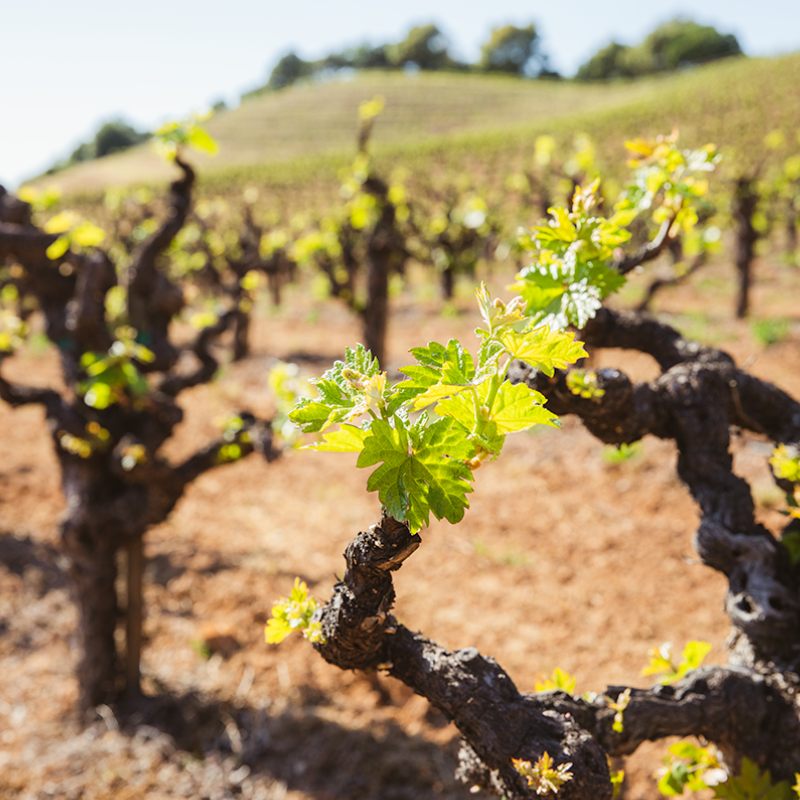Dry Creek Valley is a premium winegrowing region in northern Sonoma County, California where more than 150 winegrowers and 70 wineries produce wines of excellence from a wide variety of grapes, including the world-class zinfandel for which we are best known. This diversity is due to the unique characteristics of our AVA, which comprises many different soil types, elevations and exposures to sun, wind and water, all within a narrow and majestic 16-by-2-mile valley.

History
With roots reaching back 140 years, Dry Creek Valley’s history in winegrape growing is among the longest in California. Its fertile landscape attracted settlers soon after the California Gold Rush of 1849. By the late 1880s, the valley had nine wineries and 883 acres of vineyards – the majority planted to Zinfandel, for which Dry Creek is best known. Prohibition ended this first wine boom, with just two wineries remaining after its repeal in 1933, Frei Brothers and J. Pedroncelli, which is still operating today. While some vineyards continued, prunes and pears became the valley mainstay until the California wine revival began in the 1970’s, bringing a dramatic expansion of vineyards and wineries. And in 1983, Dry Creek Valley became one of the first California wine regions to be recognized as an official American Viticultural Area (AVA).
Today, nearly 9,000 acres of vineyards carpet the valley, providing exceptional fruit to over 70 wineries, the majority of which remain family-owned.
For more information on the history of Dry Creek Valley:
GEOGRAPHY + CLIMATE
Dry Creek Valley’s modern reputation for premium wine is testament to ideal grape growing conditions – a unique blend of soil, geography and climate – which creates wine of singular quality and place.
The Perfect Soil

One of the smallest AVAs in size (16 miles long by two miles wide), Dry Creek Valley is a dense concentration of floor, benchland and hillside vineyards. The valley was created by the uplift and subsidence along ancient earthquake faults and the deposit of alluvial material. This soil deposited over thousands of years on the valley floor is primarily gravelly and sandy loam – deep, well drained and fertile dirt that produces good crops of flavorful grapes. The soil on the surrounding benches and hills is composed of gravelly clay loam, often strikingly red in color. This very rocky soil drains exceptionally well, helping to stress the vines late in the growing season, concentrating varietal character.
An Infamous Climate

70 miles north of San Francisco and 20 miles east of the Pacific Ocean, Dry Creek Valley is ideally situated for winegrapes. Bordered by Lake Sonoma in the North and the confluence of Dry Creek and the Russian River to the south, the valley is classified as a Region II climate for grape growing (similar to Bordeaux region in France). Dry Creek Valley experiences both coastal and inland influences, with the nearby coastal mountain range keeping cool marine temperatures at bay, allowing for daily temperatures in the mid-80’s, July-Sept. But these mountains also provide a conduit for the coastal cold air and fog to come in at night, dramatically dropping temperatures. Long, warm days allow the fruit to fully ripen, while coastal cooling in the evening enables the grapes to mature slowly and retain their acidity and balance. These are the perfect growing conditions for Zinfandel and Sauvignon Blanc, the region’s signature wines, as well as Bordeaux and Rhone varietals.
SUSTAINABILITY
Dry Creek Valley is proud to be part of two major initiatives that will ensure the continued viability of our region and preserve it for generations to come.

Sustainability Efforts
Dry Creek Valley is proud to be part of Sonoma County’s initiative to become a 100% sustainable wine region. Sustainability is defined by the triple bottom line: a comprehensive set of practices that are environmentally sound, socially equitable, and economically viable. Sustainable practices are defined by the Code of Sustainable Winegrowing, as defined by the Wine Institute’s California Sustainable Winegrowing Alliance Program.
We also invite lovers of our wines to share our mission to preserve this valley’s pristine beauty. With more than 100 years of winegrowing history and multi-generational families farming much of Dry Creek Valley, we are distinctly aware of the importance of being good stewards of the land. We are committed to sustainable farming and winemaking so that future generations can likewise enjoy the beauty and bounty of the land.
We are proud supporters of fish friendly farming and The Warm Springs Hatchery located just downstream of Lake Sonoma. Here, you’ll find exhibits that tell the story of Warm Springs Dam, explain the natural and early history of Dry Creek Valley, and offer a variety of audio-visual and ranger-led programs. To learn more, please visit Warm Springs Fish Hatchery.

